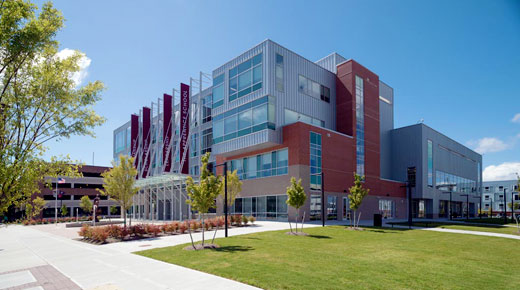There is rising enthusiasm all over the country and the world when it comes to apprenticeships. According to the Bureau of Labor Statistics, from 2013 to 2017, the number of those participating in apprenticeship programs grew from 375,000 to almost 534,000, an increase of about 42 percent. In 2017, the number of apprentices was 25-percent higher than the 20-year average of 425,000. [QD]
|
ADVERTISEMENT |
Some of the biggest reasons include the rising cost of attending college, the rapid aging-out of Baby Boomers from the workforce, and the difficulty that employers seem to be having in encouraging millennials to pursue careers in the skilled and semi-skilled trades.
…

Add new comment